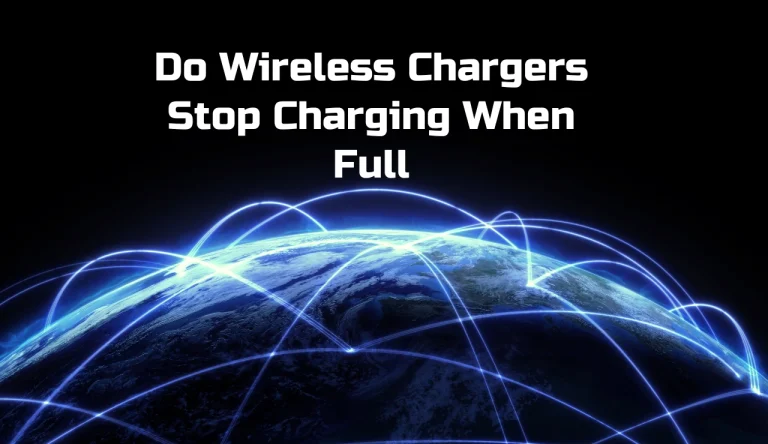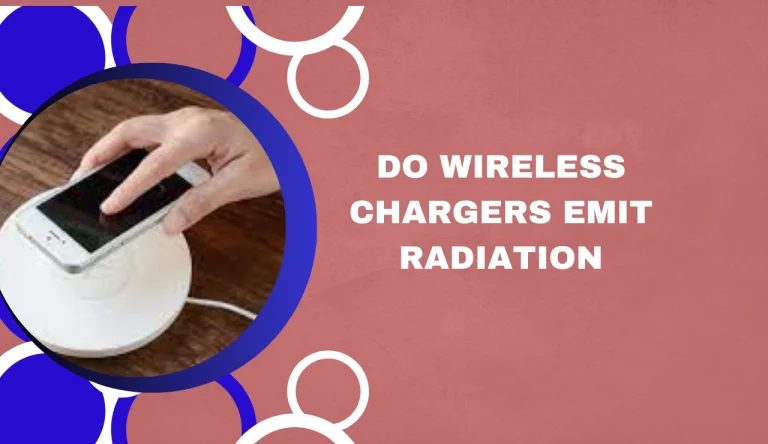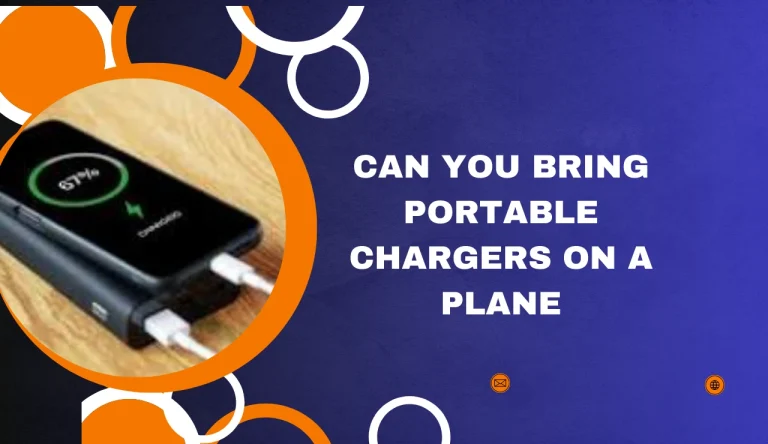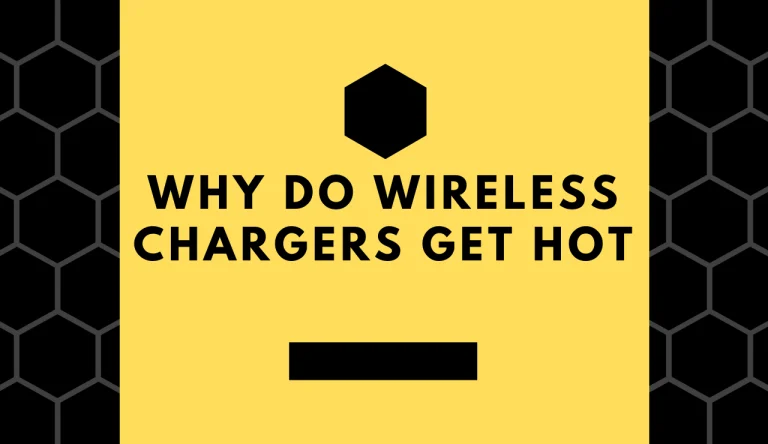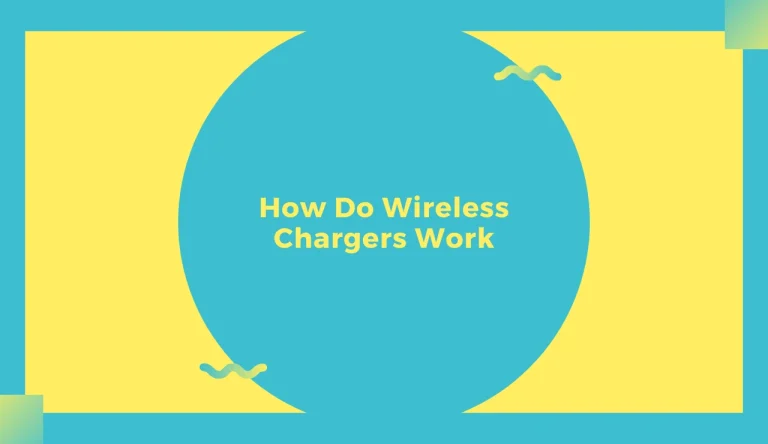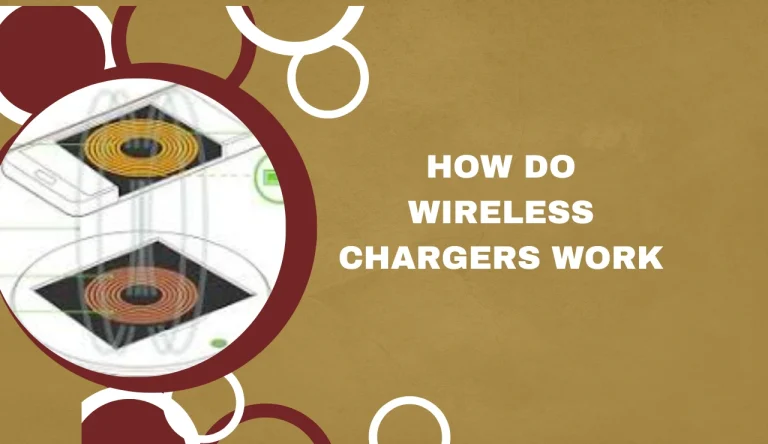Do Wireless Chargers Work With Cases
Do you ever find yourself struggling to charge your phone because you don’t want to take off your protective case? Well, you’re not alone. Many people wonder Do Wireless Chargers Work With Cases? and the good news is that they usually are.
Wireless charging technology has evolved over the years, allowing for more convenience and flexibility when it comes to charging our devices. However, there are a few factors to consider when using wireless chargers with cases.
Firstly, the type of case material can affect its compatibility with wireless charging pads. Certain materials like metal or thick plastic may interfere with the transmission of power, while thin and flexible materials should work without any issues.
Secondly, the thickness of your case can impact its charging efficiency. Thicker cases may require more time to fully charge your device compared to thinner ones.
Lastly, proper alignment between the charging pad and your device is crucial for optimal charging performance. Some cases may have design features that make it difficult for them to align perfectly with the pad.
In this article, we will explore these factors in detail and provide tips on how to maximize wireless charging compatibility with different types of cases.
Key Takeaways
- Wireless chargers are generally compatible with protective cases, but certain materials like metal or thick plastic may interfere with charging.
- Thicker cases may require more time to fully charge a device compared to thinner ones.
- Proper alignment between the charging pad and device is crucial for optimal charging performance.
- Removing the case may be necessary for optimal charging if it hinders wireless charging or alignment.
Understanding Wireless Charging Technology
You’ll need to understand how wireless charging technology works before knowing if it can charge your device through a case.
Wireless charging technology uses electromagnetic fields to transfer energy between two objects: the charger and the device. The charger creates an alternating current that generates a magnetic field, which in turn induces a voltage in the device’s receiver coil. This voltage is then converted into direct current to charge the battery.
Now, when it comes to charging through cases, compatibility can vary depending on the materials used. Generally, wireless chargers work with most cases made of non-metallic materials like plastic or rubber. However, thicker cases or those made of metal may interfere with the charging process and reduce efficiency.
So it’s important to consider your case material when determining if wireless charging will work effectively for you.
Transitioning into the subsequent section about compatibility with different case materials…
Compatibility with Different Case Materials
Easily charge your device without removing its protective case using a wireless charger that’s compatible with various materials. The compatibility of wireless chargers with different case materials ensures that you can conveniently charge your device while keeping it protected.

Here are three important factors to consider regarding case compatibility and wireless charging efficiency:
- Material conductivity: Some cases may interfere with the transmission of power between the charger and your device, resulting in slower charging or potential overheating. Non-metallic cases, such as plastic or rubber, are generally more compatible and allow for efficient wireless charging.
- Case thickness: Thicker cases can affect the efficiency of wireless charging by creating a larger gap between the charger and your device. It’s recommended to use thin cases (up to 3mm) for optimal performance.
- Case design: Cases with metal accents or magnetic components may also hinder the effectiveness of wireless charging as they can disrupt the electromagnetic field needed for power transfer.
Considering these factors will help ensure that your device charges efficiently while still being protected by its case. Now let’s explore how case thickness affects charging efficiency in the next section.
Thickness and Charging Efficiency
Maximizing the efficiency of your device’s charging experience depends on the thickness of the case you choose to protect it. The thicker the case, the slower the charging speed may be due to increased distance between the wireless charger and your device. However, most wireless chargers are designed to work with cases that are up to a certain thickness, typically around 3mm. It’s important to note that not all cases are created equal when it comes to compatibility with wireless chargers. Some materials, such as metal or thick plastic, can interfere with the charging process and reduce efficiency. To help you understand how different case materials affect charging speed, refer to the table below:
| Case Material | Charging Speed |
|---|---|
| Silicone | Fast |
| Leather | Moderate |
| Metal | Slow |
When choosing a case for your device, consider its thickness and material compatibility with wireless chargers to ensure optimal charging efficiency. In addition to these factors, case design and proper alignment with the charging pad also play a role in maximizing charging speed and convenience without compromising protection.
Case Design and Charging Pad Alignment
Proper alignment is crucial for efficient wireless charging. When using a wireless charging pad, it’s important to ensure that your device and the charging coil are properly aligned. This ensures optimal contact and efficient power transfer.
Case design features, such as thickness, size, and shape, can affect the alignment of your device on the charging pad. So, it’s important to choose a case that allows for easy alignment with the charging coil.
The importance of proper alignment for charging
Aligning your wireless charger correctly is key to getting a proper charge, ensuring that your device stays powered up all day long. Proper alignment benefits include maximizing the charging efficiency and preventing any potential damage to your device or charging pad.
However, achieving proper alignment can sometimes be challenging due to various factors such as the design of the charging pad and the size and shape of your device. To help you align your wireless charger effectively, here are four important tips:
- Center your device on the charging pad to ensure optimal contact with the charging coils.
- Remove any obstacles or obstructions between your device and the charging pad.
- Make sure there is no metal interference around or underneath the charging area.
- Use visual cues like LED indicators or alignment markings on both your device and charger for guidance.
Understanding these proper alignment techniques will help maximize the efficiency of wireless charging for your devices.
Now let’s explore how case design features can affect alignment without skipping a beat.
Case design features that can affect alignment
Getting the perfect alignment for your device can be a real challenge, especially when it comes to cases with unique design features. Some case designs can interfere with the wireless charging process and affect its efficiency.
For example, thick or metal cases may prevent the wireless charger from properly connecting with your device’s charging coil, leading to slower charging speeds or even failure to charge altogether. Additionally, cases with uneven surfaces or excessive padding can cause misalignment issues that result in inefficient charging.
It is important to choose a case that is specifically designed for wireless charging compatibility to ensure optimal performance.
In the next section, we’ll discuss why removing the case is sometimes necessary for achieving optimal charging results without compromising convenience.
Removing the Case for Optimal Charging
When it’s necessary to remove the case, there are a few key factors to consider. First, if your wireless charger isn’t able to charge through the case, then removing it becomes necessary for optimal charging.
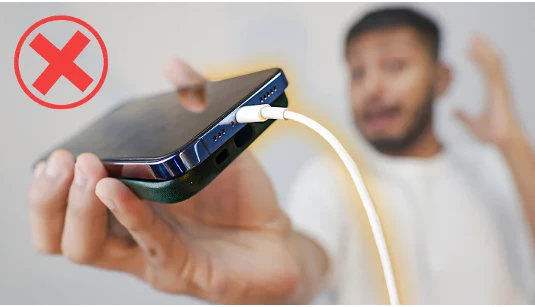
Additionally, certain cases may interfere with the alignment of the charging pad and device, leading to inefficient charging. However, if you prefer to keep your case on or find it inconvenient to remove it each time you need to charge, there are alternatives available.
Some wireless chargers come with adjustable stands or pads that can accommodate thicker cases, while others offer special cases designed specifically for wireless charging compatibility.
When it’s necessary to remove the case
To ensure optimal charging, you’ll need to take off your phone case in certain situations. While wireless chargers are designed to work with cases on, there are times when removing the case can improve charging performance.
Here are some scenarios where it may be necessary:
- Thick cases: If your case is particularly thick or made of materials that hinder wireless charging, such as metal or certain types of plastic, taking it off will result in better charging efficiency.
- Heat dissipation issues: Some cases can trap heat around the phone during charging, which can negatively affect battery health. Removing the case allows for better heat dissipation and helps maintain a cooler temperature.
By removing the case in these specific situations, you’ll optimize your wireless charging experience. However, if taking off the case is not an option for you, there are alternatives to consider for improving charging efficiency without compromising protection.
Alternatives to removing the case
There’s another option for keeping your phone protected while still maximizing charging efficiency. Instead of removing the case, you can use non-conductive materials or wireless charging adapters to ensure compatibility with wireless chargers. Non-conductive materials, such as plastic or rubber, allow the charging signal to pass through without interference. Some cases are specifically designed to be compatible with wireless chargers and have built-in technology that doesn’t obstruct the charging process.
To further simplify your decision-making process, here’s a table outlining some common non-conductive materials and wireless charging adapters:
| Non-Conductive Materials | Wireless Charging Adapters |
|---|---|
| Plastic | Magnetic |
| Rubber | Receiver |
| Silicone |
By choosing one of these options, you can continue using your favorite protective case while enjoying the convenience of wireless charging. Now let’s dive into qi-certified cases and compatibility, exploring how they enhance the overall wireless charging experience without any compromises.
Qi-Certified Cases and Compatibility
Although you may be tempted to use any case with your wireless charger, it’s important to note that Qi-certified cases are specifically designed for compatibility and optimal charging efficiency. Qi certification ensures that the case meets the necessary standards for wireless charging. These cases have been tested and approved to work seamlessly with wireless chargers, allowing for a more efficient transfer of power between the charger and your device.
When it comes to case thickness, it can have an impact on wireless charging speed. Thicker cases create a greater distance between the charger and your device, which can result in slower charging speeds. However, most Qi-certified cases are designed with this in mind, so they’re typically thin enough to not significantly affect charging performance.
Now that you understand the importance of using Qi-certified cases for wireless charging compatibility, let’s move on to some common troubleshooting tips that can help you overcome any potential issues.
Common Troubleshooting Tips
Now, let’s dive into some handy tips to troubleshoot any potential issues that may arise during your wireless charging experience.
When it comes to case compatibility with wireless chargers, there are a few troubleshooting techniques you can try. First, make sure that your case isn’t too thick or made of materials that interfere with the charging process. Some cases have metal components or magnets that can disrupt the wireless charging signal.
If you’re experiencing difficulties charging your device with a case on, try removing the case and see if it charges properly without it. Additionally, ensure that your phone is properly aligned on the wireless charger pad as misalignment can lead to charging problems.
Lastly, check if there are any obstructions between the charger and your device, such as dust or debris, and clean them if necessary.
By following these troubleshooting techniques, you should be able to resolve most common issues related to case compatibility when using wireless chargers.
Frequently Asked Questions
Conclusion
In conclusion, wireless chargers can work with cases, but there are certain factors to consider. The compatibility of different case materials and their thickness can affect charging efficiency. Proper alignment between the charging pad and case design is crucial for optimal charging. In some cases, removing the case may be necessary for better performance. Additionally, using Qi-certified cases ensures compatibility with wireless chargers. By following these guidelines and troubleshooting tips, you can enjoy the convenience of wireless charging without compromising on functionality or safety.

